Unrecyclable chemical Recycling Technology 16-10-2021 - Arhive
Unrecyclable chemical Recycling Technology
Upstream integration to consolidate the circularity of the Econyl® branded products’ business model
Coverage of procurement and efficiency gains in the nylon waste recovery industry: these are the motivations behind the acquisition of a significant shareholding (around 32%) in the Norwegian Nofir by Aquafil S.p.A. [ECNL IM].
Nofir, based in Bodø, Norway, is a leading European player in the collection and processing of fishing and aquaculture nets at the end of their life cycles. Since 2011, Nofir has collected over 48,000 tons of nets in 20 countries on five continents using an advanced system for collecting and tracing discarded nets from the fishing and aquaculture industry.
The company collaborates actively with Healthy Seas®, a foundation created by Aquafil and other partners whose main mission is raising awareness among consumers of the problem of fishing nets lost or abandoned in our oceans.
Giulio Bonazzi, Aquafil Group’s Chairman and Chief Executive Officer, stated: “After the acquisition of Planet Recycling (Aquafil Carpet Collection) in December 2020 — now proving to be an important asset in increasing the circularity of our processes — the investment in Nofir further strengthens our approach for control over the procurement chain”.

-Mura Technology on recycling the unrecyclable
Unrecyclable and hard-to-recycle plastics pose a big obstacle to reaching a circular economy for plastics. Chemical recycling may offer a solution to this problem, operating alongside mechanical recycling to tackle plastic waste.
Mura Technology use chemical recycling to manage plastics that would otherwise end up in the environment. We spoke to them to learn more about their HydroPRS™ (Hydrothermal Plastic Recycling Solution) process and the launch of their first commercial scale plant in Teesside, UK. Unrecyclable chemical Recycling Technology
Can you tell our readers a bit about what you do at Mura Technology?
Mura Technology is an advanced plastic recycling company aiming to become the world’s leading producer of recycled hydrocarbons, creating a circular economy for plastic, whilst helping to decarbonise the petrochemical industry and eliminate global plastic pollution.
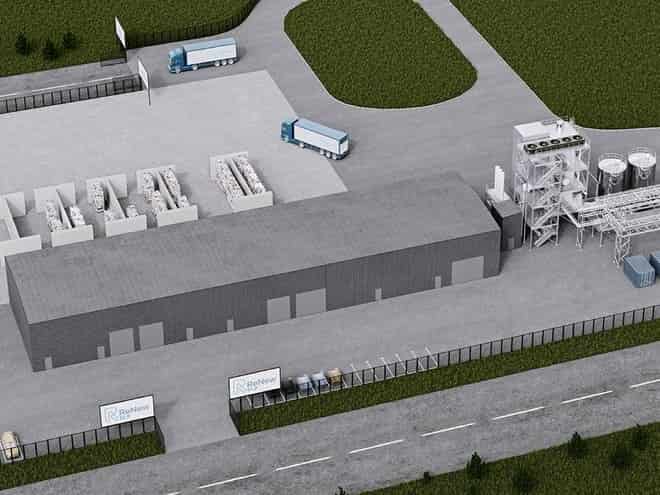
-Degradation of biobased plastics in the soil
Microbial community defies climate change
The idea of biodegradable plastics sounds good at first. However, very little is known about how they are degraded in the soil and how this is influenced by climate change. In two recent studies, soil ecologists at the Helmholtz Centre for Environmental Research (UFZ) have shown which microbial community is responsible for degradation, what role the climate plays in this process, and why biodegradable plastics could still be problematic.
Plastic that ends up in soils, oceans, or inland waters can harm the organisms living there and lead to serious and long-term disruptions in the ecosystems. The development and increased use of biodegradable plastics is therefore the focus of a more ecological economy. “But despite the positive image of biodegradable plastics, we still know very little about how they act in the soil or how they are degraded”, says Prof. François Buscot, soil ecologist at the UFZ. Unrecyclable chemical Recycling Technology
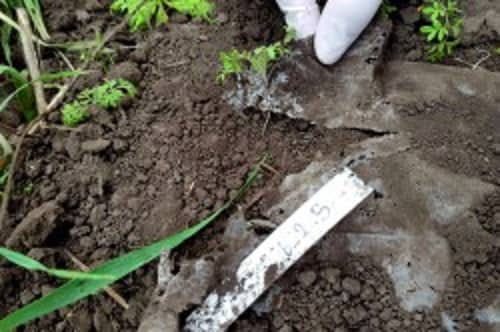
-Senbis Polymer Innovations whitepaper examines PET recycling
The paper looks at how rPET can be modified for particular applications.
Senbis Polymer Innovations B.V., a company based in the Netherlands that provides R&D services and produces sustainable polymers that are sold by Senbis Sustainable Products, has released a whitepaper that looks at how recycled PET (rPET) can be evaluated and modified into products that are fit for purpose.
The company notes that during PET production, product use and recycling, the quality of the polymer can deteriorate from thermal degradation, chemical and mechanical factors and the presence of contaminants.
The whitepaper describes mechanical and chemical recycling technologies and their associated challenges. Unrecyclable chemical Recycling Technology
In mechanical recycling processes, rPET can contain solid and substance impurities that can affect quality, the company says. The whitepaper explains Senbis solutions to quantify the size distribution of solid particles in rPET by means of the Partisol (particles in solution) test, which dissolves the polymer matrix and flows it into a cuvette before using a microscope to detect particles can be detected down to 1 micrometer in size.

-Simple method for converting carbon dioxide into useful compounds
Researchers in Japan have found an energy-efficient way to convert the chief greenhouse gas carbon dioxide (CO2) into useful chemicals. Using the method, CO2 is transformed into structures called metal-organic frameworks (MOFs), suggesting a new and simpler route to dispose of the greenhouse gas to help tackle global warming.
The research was carried out by scientists at the Institute for Integrated Cell-Material Sciences (iCeMS), Kyoto University, and colleagues, and the results are published in the Journal of the American Chemical Society. Unrecyclable chemical Recycling Technology
“Taking the CO2 released from fossil fuel combustion and converting the gas into valuable chemicals and materials is a promising approach to protect the environment. But because CO2 is a very inert and stable molecule, it is difficult to get it to react using conventional conversion processes,” says Satoshi Horike, a chemist at iCeMS who led the study. “Our work demonstrates an easier approach that can be run at a much lower temperature and pressure. This should make reactions that use CO2 easier to produce and more popular.”
The Japanese team targeted MOFs because they have a wide range of uses, including as biosensors and catalysts. Further, because MOFs are porous and can hold large amounts of gas, they show promise as storage devices for sustainable hydrogen fuel.
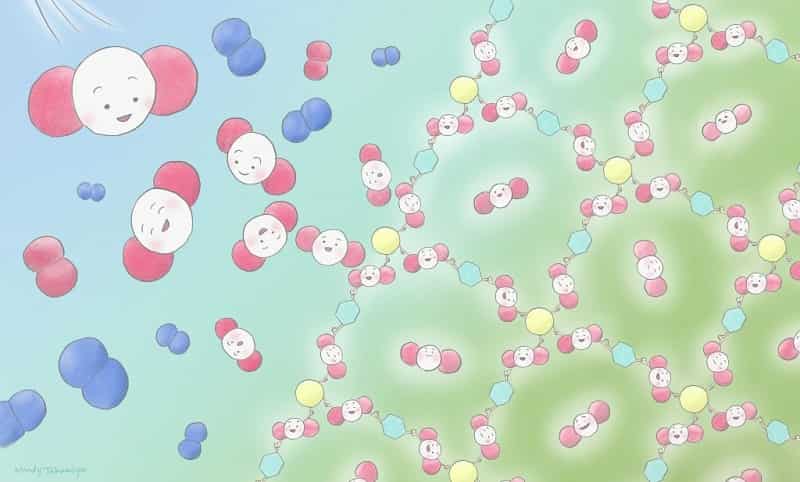
-Gold status for Kelheim Fibres in EcoVadis CSR rating
Speciality viscose fibre manufacturer Kelheim Fibres has been awarded gold in the CSR rating by EcoVadis, scoring among the top 3% of all companies evaluated.
The rating was well above average in all four individual areas (environment, labour and human rights, ethics, sustainable procurement), with Kelheim Fibres also achieving top scores in the environment area in particular.
“We create plant-based specialty fibres that enable healthy lifestyles while helping to preserve our environment for future generations,” said Craig Barker, CEO at Kelheim Fibres. “Environmentally friendly production and our overall environmental, social and ethical performance is the measure of how seriously we take our own aspirations.
“We don’t want to rest on our gold medal: As always, when we face an assessment like EcoVadis, we welcome any suggestions for improvement – constantly improving is a core element of our strategy for the future.” Unrecyclable chemical Recycling Technology

-Green Dot Bioplastics and Mayco International Partner on Reclaimed Fiber Project
Green Dot Bioplastics, Inc. and Mayco International have partnered to reclaim trim and scrap fibers for Natural Fiber Reinforced Plastic (NFRP).
Mayco International, an award-winning tier 1 automotive supplier, wanted a sustainable solution for waste produced during the manufacture of automotive components.
Green Dot Bioplastics launched Terratek® NFRP in 2020, a type of biocomposite using fibers such as hemp, jute, sisal, American Bamboo, and flax, instead of glass or carbon fiber. Unrecyclable chemical Recycling Technology
Together, the two companies developed an NFRP composite material using the trim and scrap fibers, removing them from the waste stream and expanding the lifespan of the original materials. “We wanted to find a better use of the waste stream from our latest natural fiber composite technologies” said Mayco International Advanced Development Engineer Chris Heikkila. “We partnered up with Green Dot who specializes in bio resins & natural filled plastic products, because of their expertise & current natural filled product portfolio.”
“We were excited when Mayco came to us looking for a solution to their waste issue,” Green Dot Director of Research & Development Mike Parker said.
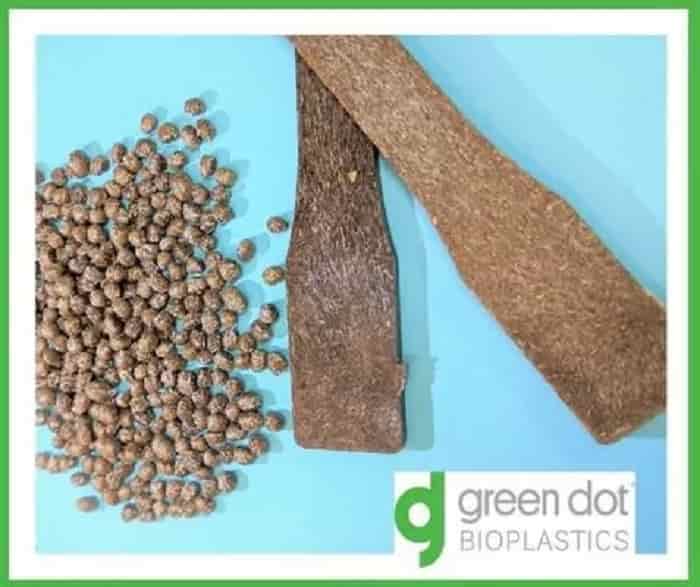
-PLASTICS: Companies voice opposition to plastic tax under consideration in congress
On behalf of 67 companies from throughout the plastics industry value chain, the Plastics Industry Association (PLASTICS) delivered a letter to leaders in the U.S. House of Representatives and U.S. Senate expressing concerns about the proposed inclusion of a 20 cent per pound tax on virgin plastic resin in the budget reconciliation package.
Specifically, the letter raises concerns about increased costs to the entire plastics industry value chain and reduced U.S. manufacturing competitiveness. Additionally, there has been a lack of expert analysis, public debate, and other considerations associated with the regular legislative process, but not included in the “fast track” reconciliation process.
This latest correspondence follows a similar letter sent to Congress last week from a coalition of 23 trade associations. Unrecyclable chemical Recycling Technology
The full text of the plastics industry value chain letter is available below.
”Dear Majority Leader Schumer, Minority Leader McConnell, Speaker Pelosi and Minority Leader McCarthy,
We write to you as companies in the value chain of the American plastics industry to express our concerns with the proposed 20 cent per pound tax on virgin plastic resin. We manufacture the products, materials, and machines that would be impacted by this new massive tax and it will be devastating to our industry and our workers.
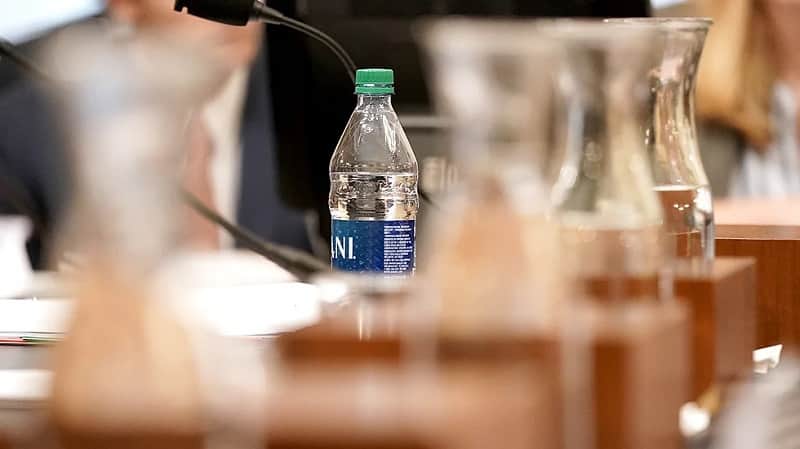
-Novamont finances itself to grow bioplastics
One hundred million euros from a pool of banks, with SACE green guarantee, for the 2021/2025 investment plan.
With the aim of supporting the 2021/2025 investment plan, Novamont bioplastics and biochemicals producer Novamont obtained a loan of 100 million euros from Crédit Agricole Italia, Banco BPM, Intesa Sanpaolo and UniCredit, backed by the green guarantee of SACE to 80%. Unrecyclable chemical Recycling Technology
The plan, of which no details have been provided, aims at consolidating the competitive position in Europe, North America and Asia, by increasing the production capacity of Mater-bi bioplastics to meet the growing demand for biobased and compostable materials. world. However, some investments have been anticipated in recent months, such as the intervention in the Terni plant for the construction of a new plant for the production of 2,5-furandicarboxylic acid (FDCA) and at the Mater-Biotech biorefinery in Bottrighe on biogas. obtained from the fermentation of exhausted microorganisms (read article).
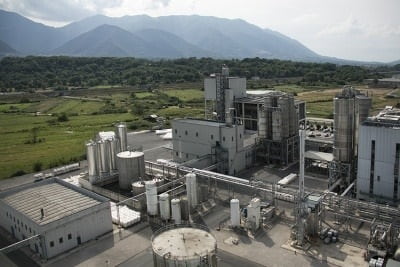
-Catalyst Study Advances Carbon-Dioxide-to-Ethanol Conversion
Combination of theory and experiment shows how a three-part catalyst helps transform excess CO2 into useable ethanol Unrecyclable chemical Recycling Technology
An international collaboration of scientists has taken a significant step toward the realization of a nearly “green” zero-net-carbon technology that will efficiently convert carbon dioxide, a major greenhouse gas, and hydrogen into ethanol, which is useful as a fuel and has many other chemical applications. The study reports a “roadmap” for successfully navigating this challenging reaction and provides a picture of the full reaction sequence using theoretical modeling and experimental characterization.
Led by the U.S. Department of Energy’s (DOE) Brookhaven National Laboratory, the group determined that bringing cesium, copper, and zinc oxide together into a close-contact configuration catalyzes a reaction pathway that transforms carbon dioxide (CO2) into ethanol (C2H6O). They also discovered why this three-part interface is successful. The study, which is described in a paper in the July 23 online edition of the Journal of the American Chemical Society and is featured on the publication’s cover, will drive further research into how to develop a practical industrial catalyst for selectively converting CO2 into ethanol. Such processes will lead to technologies that are able to recycle CO2 emitted from combustion and convert it into usable chemicals or fuels. 
Unrecyclable chemical Recycling Technology
